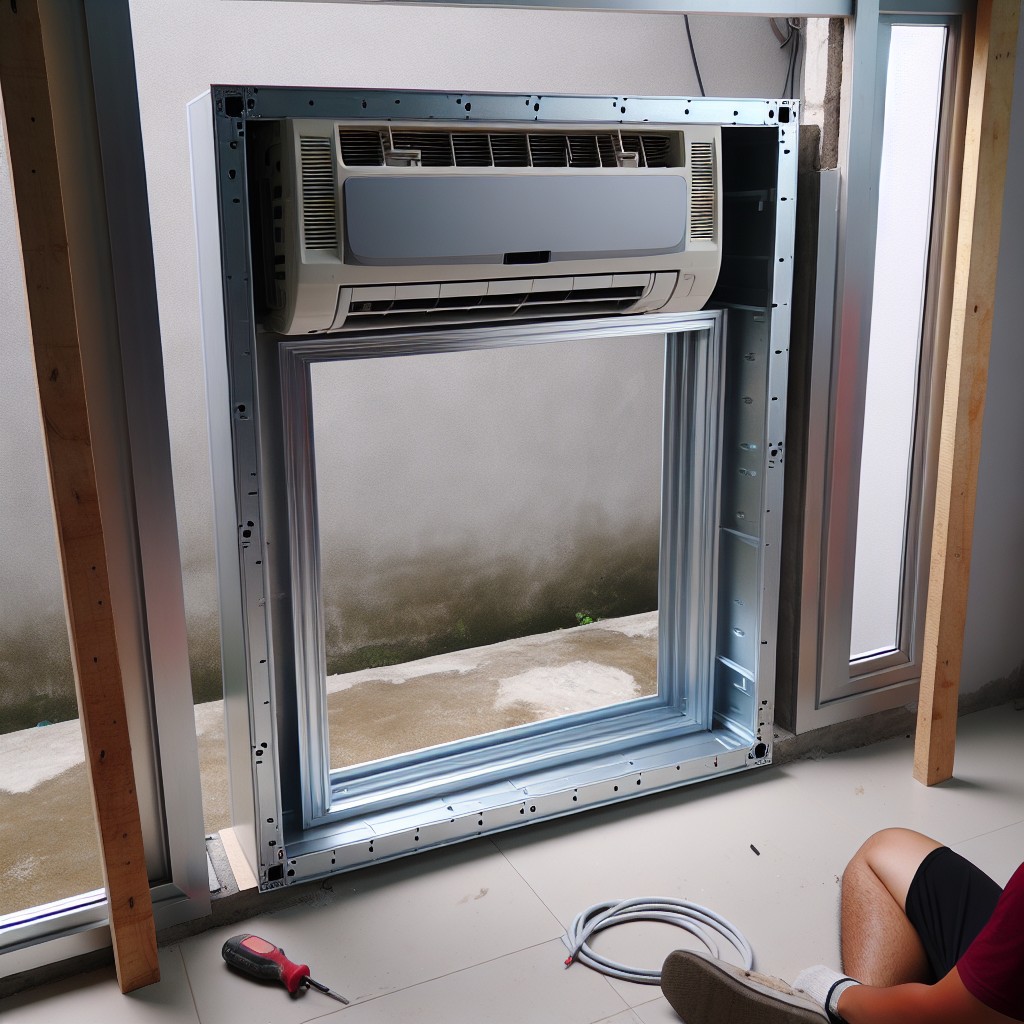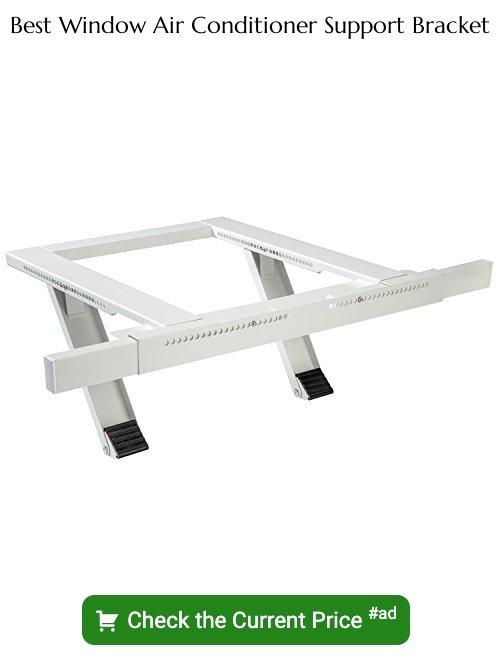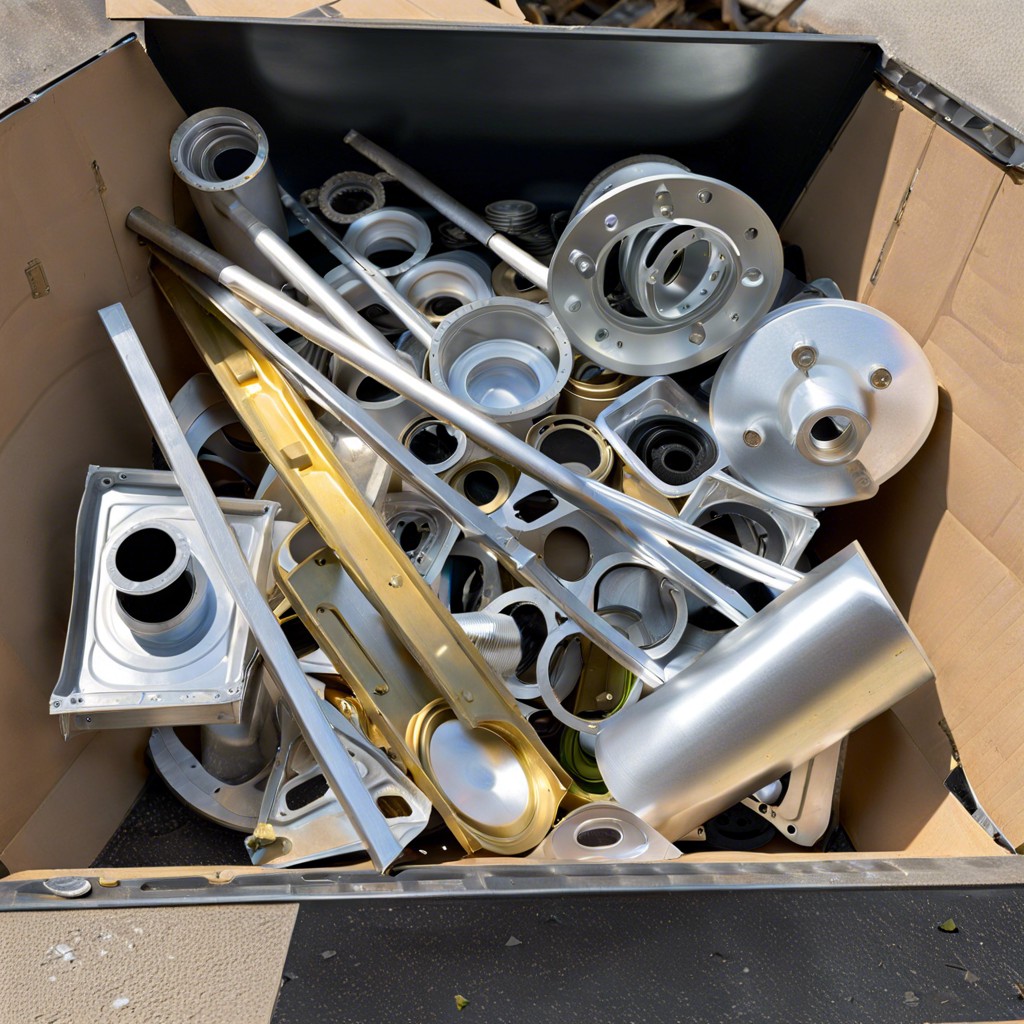Learn the step-by-step process for securely installing a window air conditioner in an aluminum window frame.
Key takeaways:
- Prepare the aluminum window frame for installation
- Measure the window and AC unit accurately
- Ensure proper positioning for optimal performance
- Secure the AC unit in the frame using screws and brackets
- Follow safety precautions during the installation process
Preparing Your Aluminum Window Frame

Before diving into the installation process, ensure that your aluminum window frame is ready to support a window air conditioner. Clean out any debris, dust, or cobwebs from the tracks and inspect for signs of wear such as bending or damage, which could affect the stability of the unit.
It’s also essential to verify that the window opens and closes smoothly without jamming. If your window features a screen, carefully remove it to allow for a snug fit for the AC unit. Any sharp edges around the frame should be smoothed out to prevent injury or damage to the air conditioner during installation.
Lastly, measure the width of the bottom sill to confirm it can accommodate the air conditioner’s width and provide suitable support.
Measuring Your Window and AC Unit
Accuracy is crucial when measuring for a window air conditioner. Measure the width of the window opening and ensure your AC unit will fit with room to spare. Take note of the minimum and maximum window width provided in the air conditioner’s specifications.
Don’t neglect the height; some aluminum frames have horizontal bars that might obstruct the unit. Double-check the depth of your window sill to confirm the AC can sit securely. Remember, a unit that’s too large or small compromises efficiency and installation safety.
Keep your tape measure close, and triple-check your measurements for certainty.
Positioning Your Air Conditioner
Ensure the unit is level from side to side when placed in the window to facilitate proper drainage and function; use a level tool for accuracy.
Most air conditioners are designed with a slight tilt towards the outside to prevent water from pooling inside.
The bottom window sash should be lowered securely onto the top of the unit to help hold it in place.
Check for any gaps between the upper sash and the window frame and fill these with the foam stripping provided or with sealant tape to improve energy efficiency.
Remember, good positioning not only enhances cooling effectiveness but also ensures safety and longevity of the device.
Securing the Air Conditioner in the Frame
To ensure a stable installation, extend the air conditioner’s side accordion panels to the edge of the window frame. Fasten these panels using screws, taking care not to strip the aluminum with excessive force. If your unit includes a mounting bracket, secure it directly to the window sill to redistribute the weight and minimize strain on the frame.
For additional support, consider installing L-brackets above the air conditioner, anchoring them into the window’s upper frame or exterior wall. This prevents the unit from tipping outward. Always check the window’s closing mechanism; some models may require a small wood strip or bracket to prevent the window from being forced open.
Finally, apply weather-stripping around the perimeter of the unit to create an airtight seal, preventing air leaks and inefficiency. Use foam insulation strips if gaps are present, ensuring a snug fit and better insulation. These steps will stabilize your air conditioner, improving both safety and performance.
Safety Considerations
Keep the path to the window clear to avoid tripping over tools or the air conditioner itself. When lifting or moving the unit, employ proper lifting techniques, bending at the knees to prevent back injuries. Always wear protective gloves to safeguard against sharp edges of the aluminum frame or the air conditioner chassis.
If you must use a ladder to reach the window, ensure it is stable and positioned on an even surface. Secure the air conditioner with brackets and support it with a dedicated frame or shelf if suggested by the manufacturer, as an improperly balanced unit could pose fall risks. Avoid plugging in the air conditioner until installation is fully completed to evade any electrical hazards.
Never operate the air conditioner without the front cover attached, as this exposes the internal components and may pose an electrocution risk.
Recap





